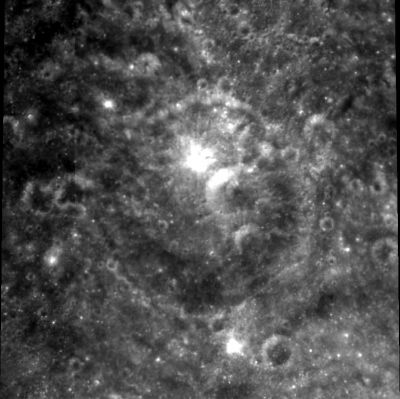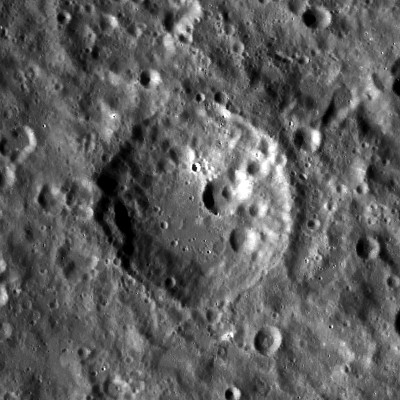Konstantinov
Contents
Konstantinov
| Lat: 19.8°N, Long: 158.4°E, Diam: 66 km, Depth: km, Rükl: (farside) |


left: Clementine . right: LROC . Konstantinov lies on top of the battered Mare Moscoviense ejecta blanket.
Images
LPOD Photo Gallery Lunar Orbiter Images Apollo Images
WARNING: the red-labeled scan of Lunar Orbiter 5's LOV-103-m shows the name Kohlschutter instead of Konstantinov (near the frame's lower margin, east of Nagaoka).- DannyCaes Nov 29, 2012
- Konstantinov was also captured on several oblique north looking frames made by Apollo 16's Fairchild metric/mapping camera. Frame AS16-M-0725 of magazine REV 27 shows Konstantinov near the curved horizon, about "halfway" (near the "vertical" part of the horizon).
- Konstantinov was also photographed during the mission of Apollo 13. It is noticeable near the central part of (west of) the sunset terminator in frame AS13-60-8647.
- Also captured on frames AS13-62-8915 to 8923; see Apollo 13's Magazine 62-JJ.
Research Danny Caes
Maps
(LAC zone 49D3) USGS Digital Atlas PDF
Description
Description: Wikipedia
Additional Information
- The coordinates of the small bright raycraterlet on the floor of Konstantinov are LON: 158.38 / LAT: 19.96
Add these coordinates in the oblong white framelets near the lower margin of the LRO's ACT-REACT Quick Map, hit the button RECENTER after performing a couple of zoom-steps, and you are approaching the bouldered inner slopes and rim of Konstantinov's raycraterlet!
- Several arc-shaped tracks of boulders and rocks are detectable outside the eastern part of the bright raycraterlet immediately south of Konstantinov. The coordinates of this raycraterlet are LON: 158.75 / LAT: 18.13 Note the sharp looking southern part of this raycraterlet's rim, while the northern part looks more "subdued". This is probably an oblique impact craterlet.
- Research Konstantinov and its surroundings (on the LRO's hi-res photography): Danny Caes
Nomenclature
Konstantin Ivanovich Konstantinov (1817 - January 12, 1871) was a Russian scientist in the field of artillery, rocketry, instrument making, and automatics.
LPOD Articles
Bibliography